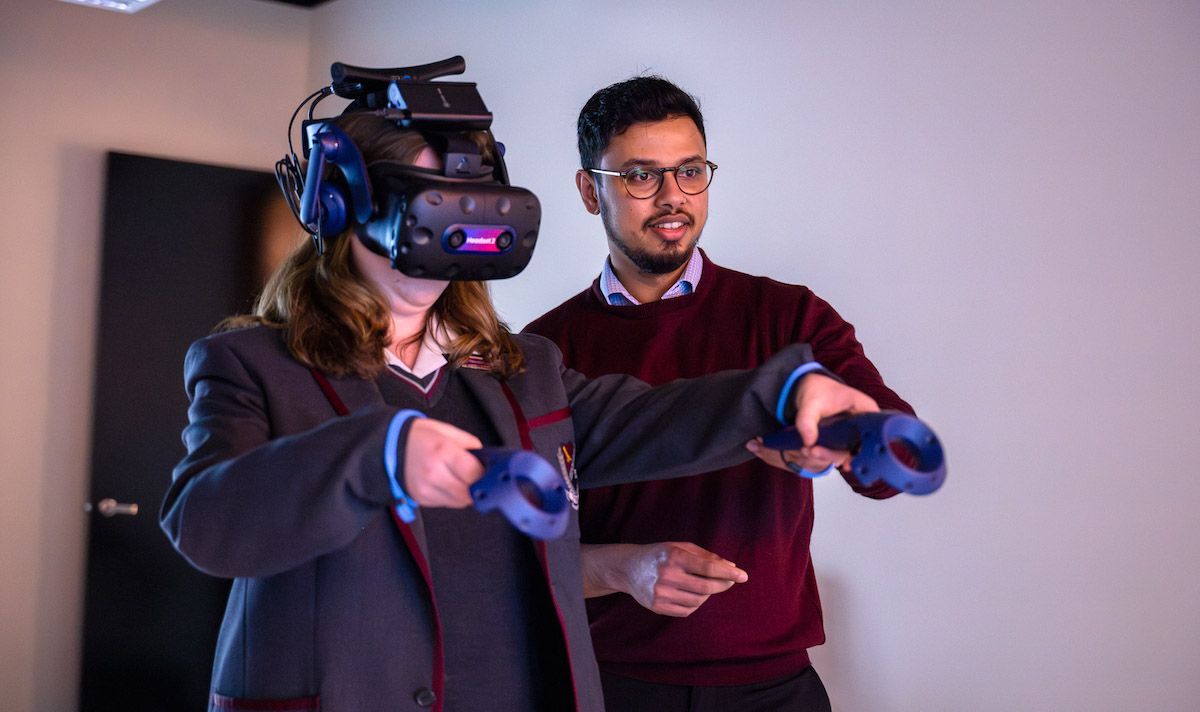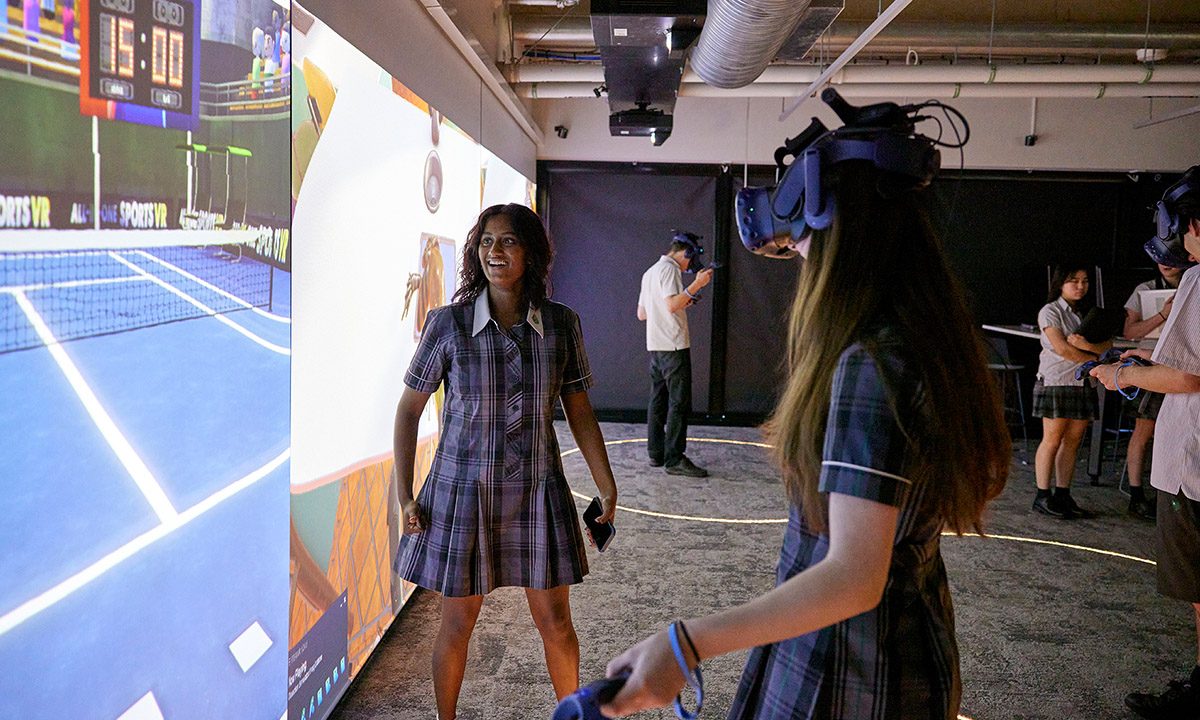Author: Dr Marissa Bond
Date: 24th Apr 2020
The challenges today’s educators are facing are unprecedented, with teachers and students alike experiencing the uncertainty and anxiety that the coronavirus brings to us all, while simultaneously being expected to switch very rapidly to a drastically different model for teaching and learning. Teachers around the globe are working hard to maintain a sense of stability for their students, support their general wellbeing, and ensure they remain engaged in their learning throughout these challenging times.
We see you fighting the good fight teachers, and we want to help! Without further ado, here are some suggestions to help you make the most of this switch from face-to-face to remote learning.
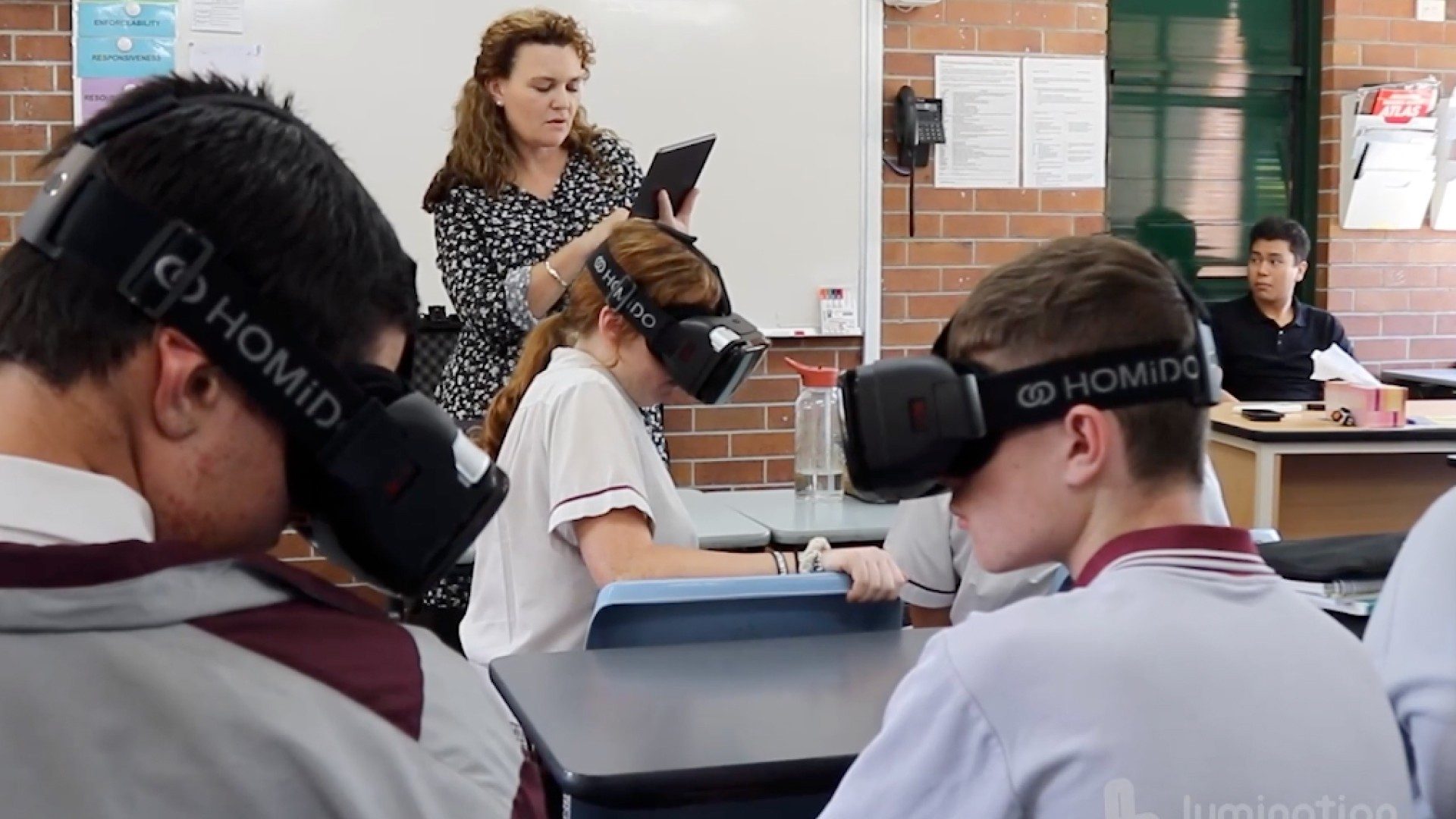
Boundaries and Expectations
Clear boundaries between school activities and down time helps students switch into ‘school mode’ at the right times, which in turn supports engagement and retention, makes expectations clear, reduces the need for behaviour management, and supports overall wellbeing. A dedicated study space can certainly help here, and some schools are even going so far as to require that students wear school uniforms during school contact hours.
Another way to get into the right headspace for learning is to get into the right environment – virtually! Using tools such as Rumii, EngageVR and Mozilla Hubs your students can immerse themselves in a shared learning environment with their classmates for a real sense of ‘togetherness’ in these challenging times. Research shows a strong positive association between the frequency of interactions between the student and their teacher and student learning outcomes and satisfaction, so connecting with students regularly supports not only their overall wellbeing, but their academic success as well.
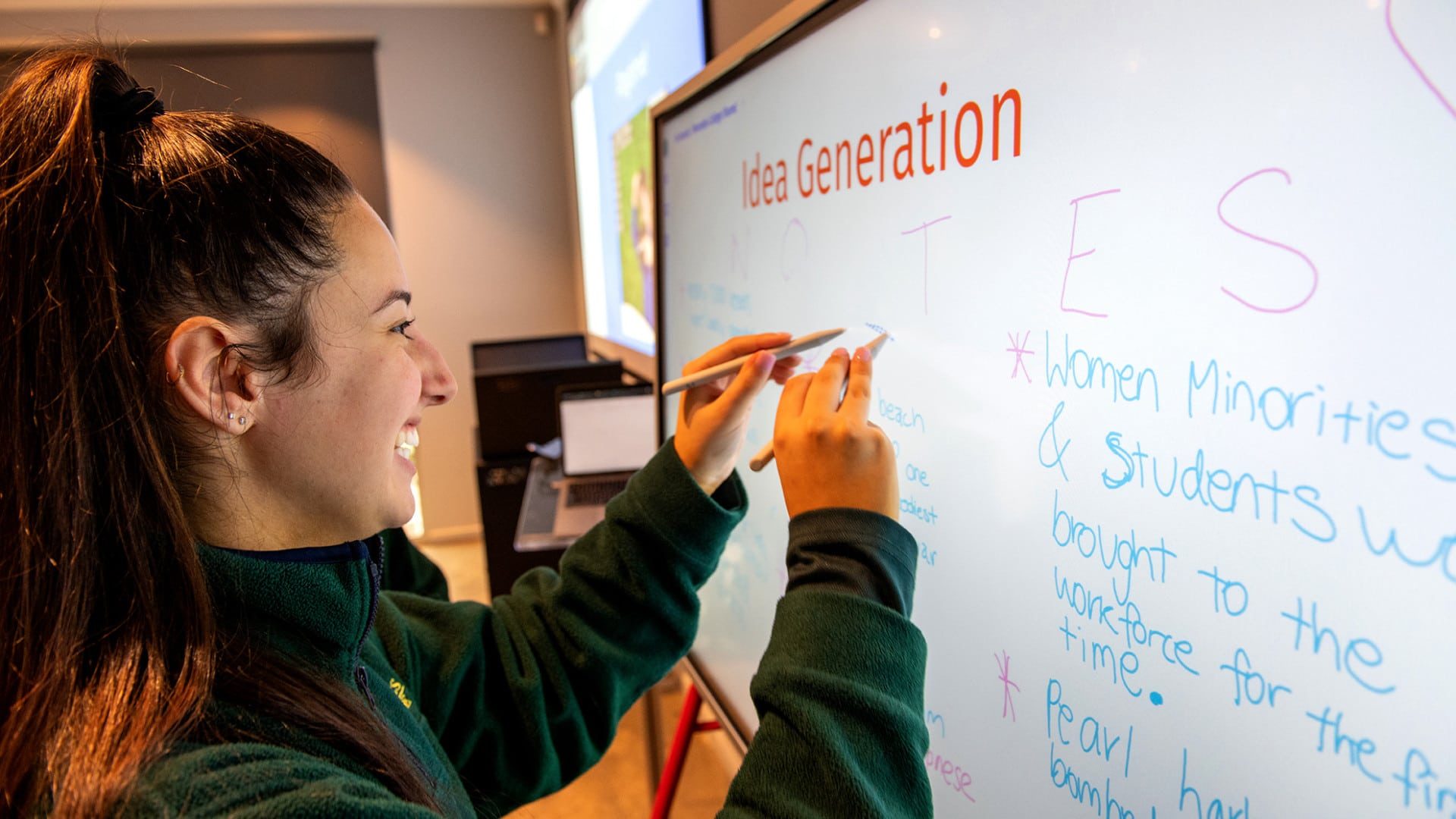
Supporting Student Engagement
In Italy many teachers are finding that as time goes on, the novelty of remote learning is wearing off and student participation and enthusiasm has waned. As Australians we are still in this early phase, but we need to be mindful of maintaining student engagement. One of the most powerful ways to support engagement is with authentic and varied experiences. But how can we do that remotely, with everyone stuck in the same old rooms in front of the same old computer screens? With Virtual Reality of course! Most households already have a mobile phone, and getting an affordable Google Cardboard device into their hands is pretty straightforward. Suddenly you can travel to exotic locations again, attend a concert, experience the world from other perspectives and cultures, and even shrink down to explore cells and atomic structures as if you were there.
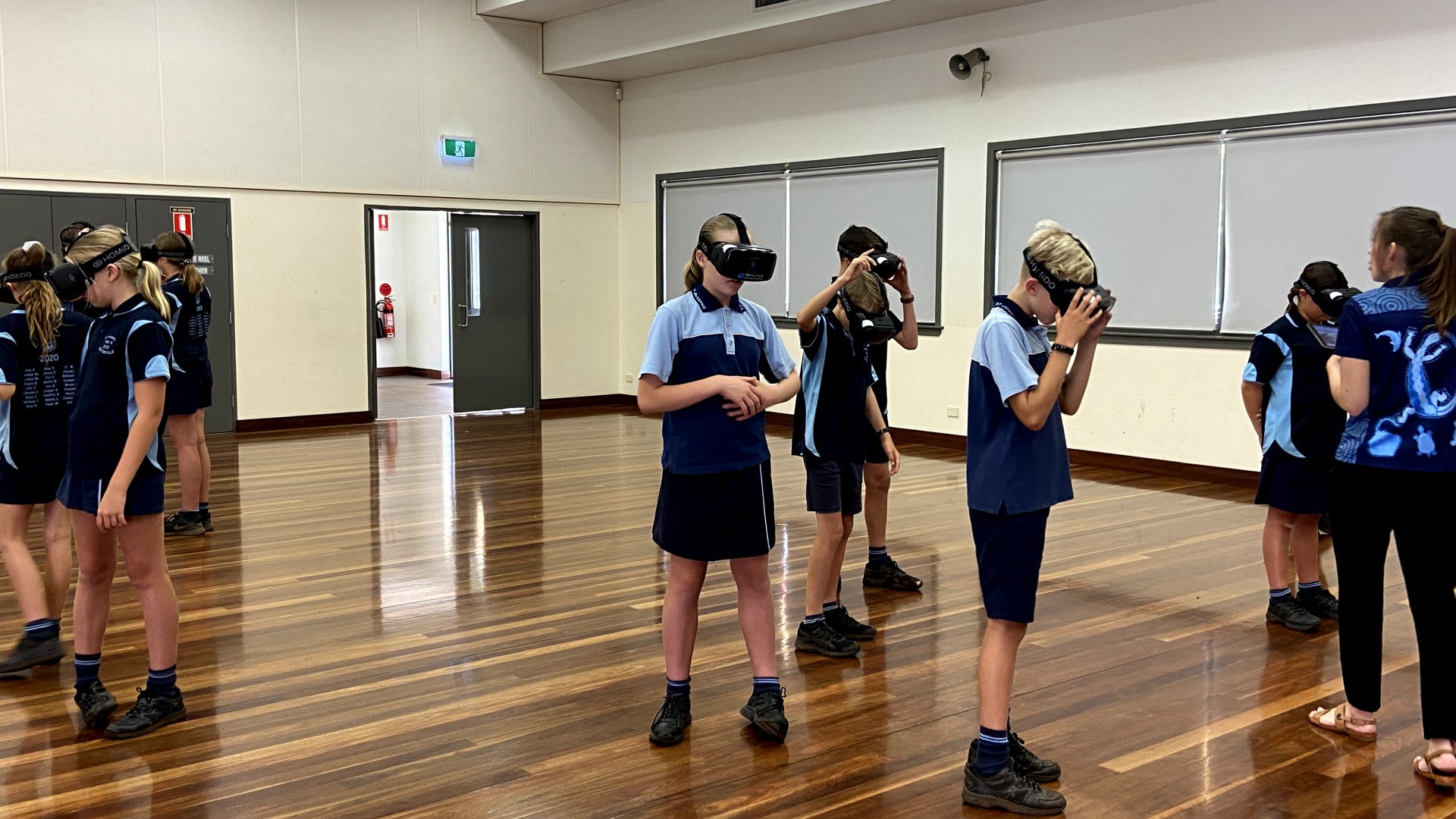
Health and Wellbeing
The importance of social and emotional wellbeing cannot be underestimated, especially with the current state of the world. Using virtual reality and video conferencing for activities outside of standard teaching, such as virtual playdates, book clubs or watching movies together, can help support that sense of connectedness. Research also shows that students perceive greater learning gains and satisfaction when they are required to cooperate and communicate with their peers – so don’t shy away from assigning group work!
Another important facet of health and wellbeing is physical health. While this can seem like a challenge, there have already been some great innovative approaches emerging around the world, such as running virtual sports days, getting students to submit videos of themselves performing various active tasks, and even getting students to use VR apps to exercise at home.
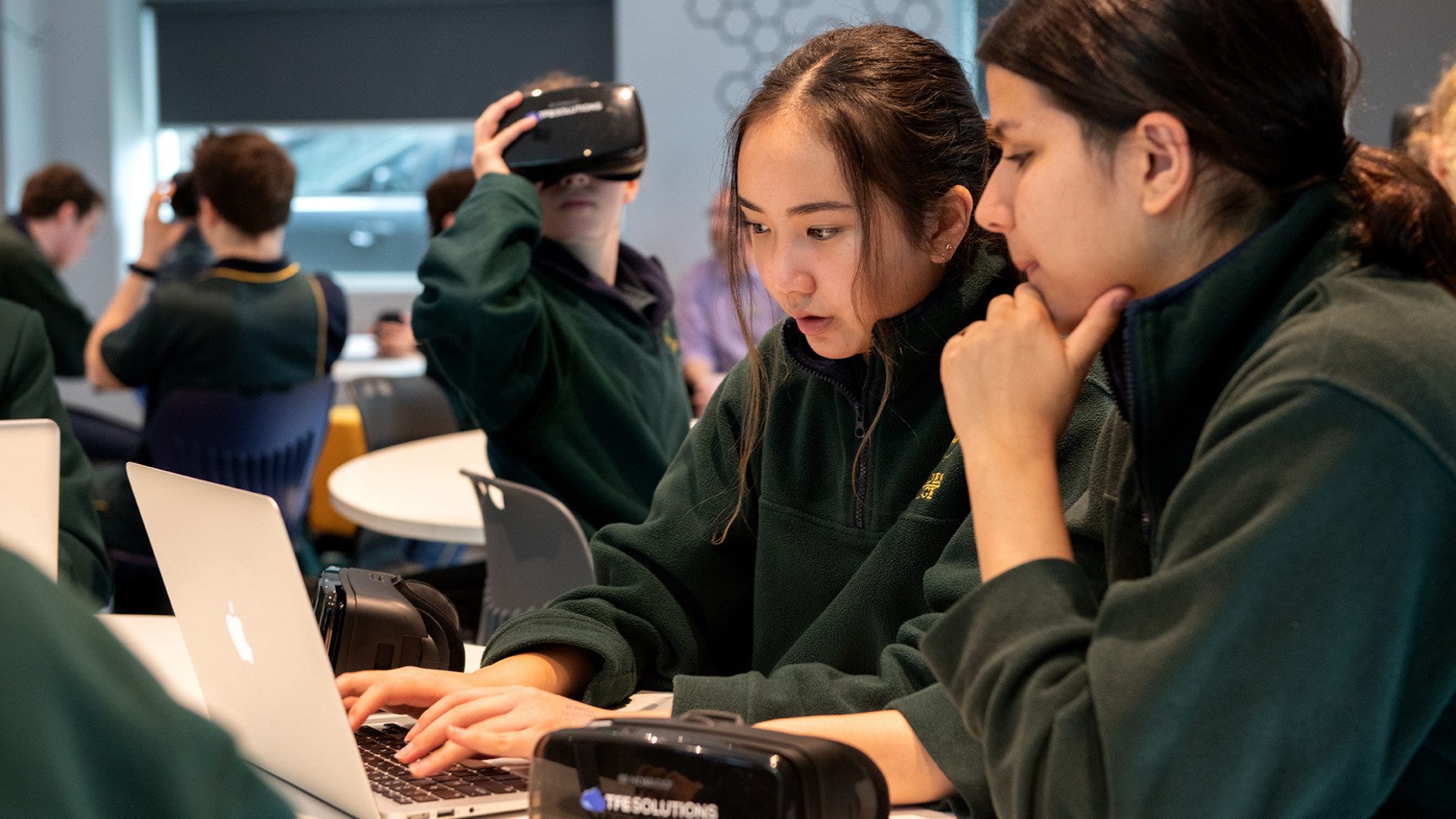
Diverse Circumstances
When students are working away from the classroom, it can be hard to deliver a consistent educational experience for everyone. Different households will have varying degrees of access to technology, internet and other resources, and even those with similar capacity are likely to favour different platforms. Be mindful of this when developing learning activities, aim to select tools that offer cross-platform compatibility such as Rumii, EngageVR, Mozilla Hubs and Google’s suite of web-based tools, and incorporate a variety of tasks and alternatives where possible. Provide private and public channels for students to seek your support, and allow plenty of time to finish and submit assignments. A great example of this is the virtual sports day mentioned earlier, where the event was scheduled for a specific day, but students could still submit videos of themselves completing tasks for several days afterwards.
These are challenging times, but with challenges come opportunities for innovation and progress. At Lumination, we believe in the power of virtual reality to deliver authentic learning experiences and enhance educational outcomes. That’s why we have developed VR Class Connect to better support your switch to remote learning.
Get in touch with us at to let us know how we can assist you in implementing your distance learning strategy.

